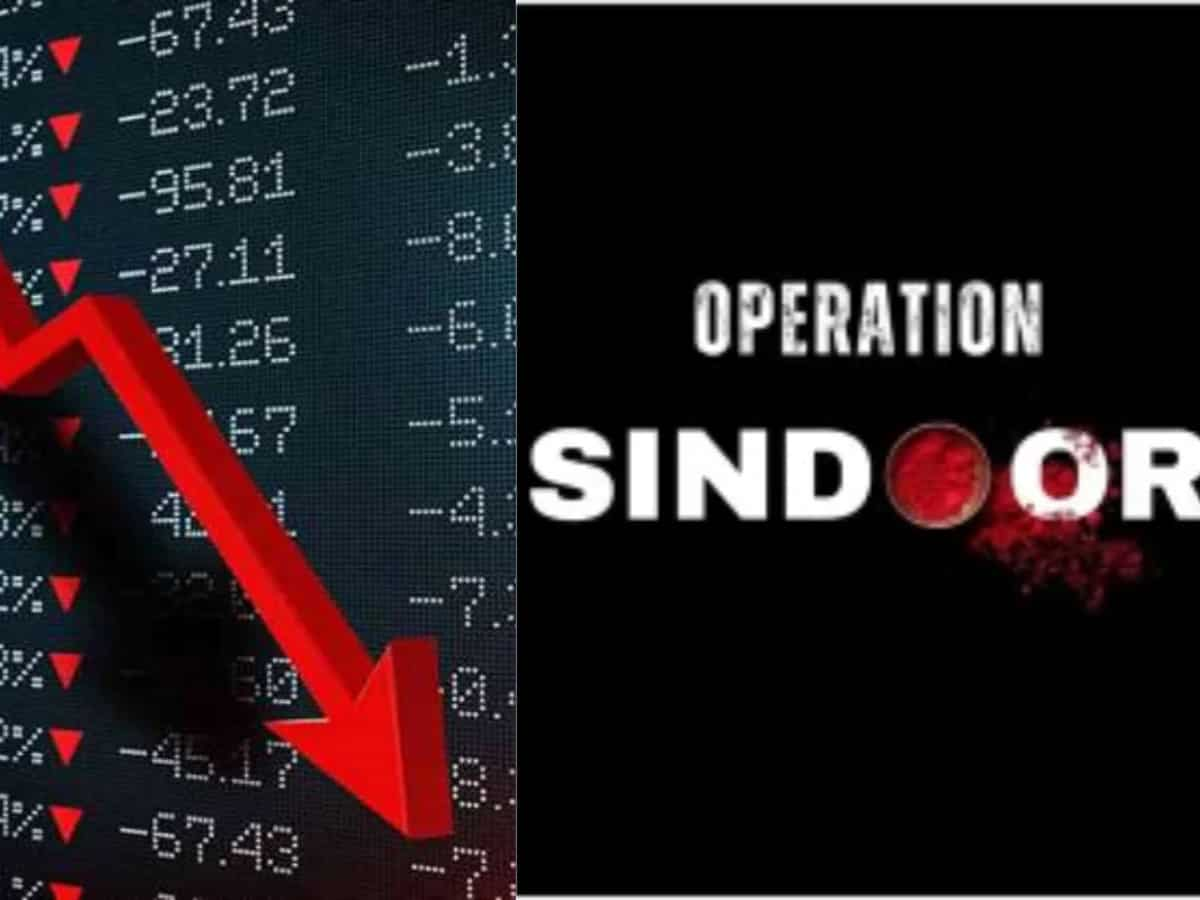As tensions between India and Pakistan flared up again with India confirming strikes under Operation Sindoor targeting terror camps in Pakistan and PoJK, investors grew cautious. On Tuesday, May 6, markets reacted with jitters: the BSE Sensex closed 155 points lower at 80,641, while the Nifty-50 ended down by 81 points at 24,379. The broader market bled more, with Nifty Midcap 150 and Nifty Smallcap 250 slumping by 2 per cent and 2.2 per cent, respectively.
But history shows that geopolitical tensions don’t always mean doom for equity investors. In fact, the 1999 Kargil War, fought between May 3 and July 26, saw the Sensex soar by a stunning 37 per cent, proving that markets can rally even amid war.
Markets ran strong during Kargil war
From the start of the Kargil War on May 3, 1999, the Sensex jumped from 3,378 to 4,687 by the time the conflict ended on July 26, translating to a solid 37 per cent gain. Broader indices also joined the rally:
-
Nifty 500 surged 34 per cent
-
Nifty Next 50 advanced 25 per cent
-
Meanwhile, S&P 500 gained just 2 per cent and gold prices dropped 11 per cent
Auto, banking stocks led the rally
Unlike today’s selloff, the 1999 market surge saw participation from high-quality largecaps, especially in the auto, engineering, and banking sectors.
-
Tata Motors was the top performer, soaring 92 per cent during the war
-
Banking stocks remained strong, supported by improving fundamentals and positive sentiment
-
Mid- and smallcap stocks also delivered handsome returns
Temporary fall, swift recovery
There was a brief correction between May 20 and May 28, where the Sensex fell 12.5 per cent. But the losses were quickly reversed, and the market finished the war period with a net gain of 37 per cent.
Post-war performance remained firm
Even after the war ended:
-
1 week later, the Sensex dipped 2.4 per cent
-
1 month later, it was up 4.43 per cent
-
3 months later, the gains extended to 5.32 per cent
Investor takeaway
The 1999 Kargil rally is a reminder that markets can be counter-intuitive during geopolitical conflicts. While short-term volatility is common, long-term direction is often guided by economic strength, earnings, and policy clarity not just headlines. As tensions escalate today, investors would do well to remember the lessons from history before hitting the panic button.
Anurag Dhole is a seasoned journalist and content writer with a passion for delivering timely, accurate, and engaging stories. With over 8 years of experience in digital media, she covers a wide range of topics—from breaking news and politics to business insights and cultural trends. Jane's writing style blends clarity with depth, aiming to inform and inspire readers in a fast-paced media landscape. When she’s not chasing stories, she’s likely reading investigative features or exploring local cafés for her next writing spot.






